Artichokes are beautiful and interesting plants to grow, and if you have space, they can be an incredibly delicious addition to your garden.
An artichoke plant has the unique distinction of being one of the few perennial vegetables that come back season after season if cared for well. They can survive about 4 to 8 years. They are relatively large plants, often growing 6 feet tall and just as wide.
The part of the artichoke plant we eat is actually the flower bud just before the bud opens. If not harvested, they bloom into brilliant spiky, purple flowers (sometimes as large as 7 inches) which make lovely ornamentals.
Artichoke plants are part of the sunflower family which includes, of course, sunflowers, but also other less-common vegetables like Jerusalem artichoke, cardoon, burdock, tarragon, chicories, endives, lettuces, and salsify.
What I find most interesting about this family is that artichokes are so different from their relatives. Artichokes seem nothing like lettuce or burdock! This in comparison to say, the Brassica family of kale, cabbage, broccoli, and arugula which all seem quite similar.
Needless to say, artichokes are quite unique and will give gardeners and farmers a very fun project to undertake. That said, artichokes are not a quick project. These plants need time, energy, and care throughout their lifetime – which as mentioned earlier, can span several seasons.
Where to Grow The Artichoke Plant
While they can grow in many zones, artichokes really thrive in warmer areas (USDA zones 7 through 11), regions with mild winters (temperatures below 20 degrees will kill them), and cooler summers, like the Mediterranean region.
In cooler climates, they may grow but will likely die over the cold winter. Some purple artichokes can grow in USDA zone 6. In these climates, artichokes can be grown as annuals or grown from starts to encourage full growth within the shorter season.
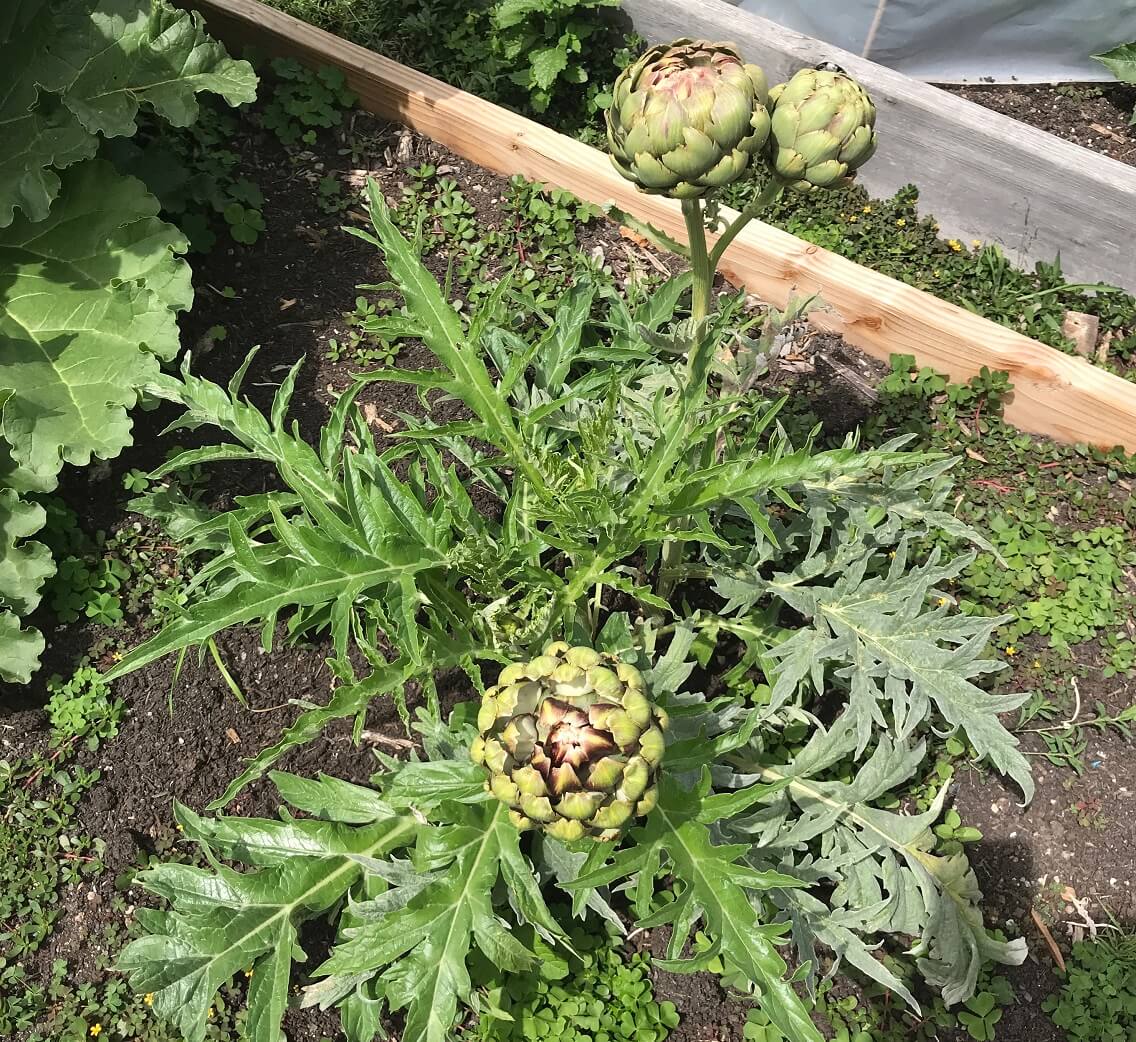
Some of the varieties of artichokes are:
- Green Globe: Reliable in colder climates as an annual.
- Violetto: Lovely purple heads that mature a bit later, so better as a perennial.
- Imperial Star: Another annual that matures about a week earlier than Green Globe.
Planting The Artichoke Plant
Wherever you’re growing, these plants need a lot of time. Barbara Pleasant, writing for Mother Earth News, suggests starting artichoke seeds indoors in the midwinter under bright lights. Once germinated, transfer your seedlings to large pots to get them started. Six weeks before the last frost you can begin to bring the pots outside to acclimate them to cooler weather.
These plants need exposure to cold weather to trigger flowering, so planting them outside 3 to 4 weeks before your last frost date is ideal. Plant them between 3 and 4 feet apart in prepared beds that have been fertilized with natural fertilizer. After having been in the ground for about a month, Mother Earth News suggests using a high nitrogen-based fertilizer to stimulate new growth.
Caring for Artichoke Plants
Artichokes are best grown in deep, fertile, well-drained soil. Because they have a deep root system, you’ll need to plant them in the ground or in a really deep garden bed.
Once planted, artichokes should be mulched well to keep soil moisture intact. These plants need adequate moisture: too little and the plants might suffer black tip (which doesn’t affect the bud, just the leaves), but too much water might lead to root rot.
Artichokes are fairly hardy plants, but if wet weather persists, they are susceptible to powdery mildew, Verticillium wilt, and Botrytis rot. Other potential diseases include curly dwarf virus and bacterial crown rot. To avoid disease, be sure to space plants between 3 and 4 feet apart when planting.
Texas A&M Extension Service gives very specific recommendations for soil fertilization but as they suggest, have the soil tested by your local agricultural extension so that you can best gauge your needs. Suggested inputs include:
- Mix 100 – 140 pounds of composted manure per 100 square feet into the soil before planting.
- Phosphorus and potash are best applied before planting and should also be worked in. Apply about 0.25 pound of P205 and 0.25 pound of K2O per 100 square feet.
- Artichokes require about 0.1 pounds of nitrogen (N) per 100 square feet. Work it into the soil before planting, and apply an additional 0.3 pound per 100 square feet 6 to 8 weeks later.
- Foliar applications of a liquid fertilizer containing calcium and zinc are recommended every two weeks during active growth in early spring.
Harvesting Artichokes
In midsummer, you will likely start to notice buds growing. Individual plants can grow anywhere from 24 to 48 buds during a good season which is a lot of artichokes to cook up!
Artichokes need to be harvested when the bottom scales have just started to open, but before the tops open, so keep a close eye on them. Cut the stems leaving about 2 inches attached to the bud. Once the first round is harvested, there will likely be a second budding.
After harvesting, you can cook them immediately or store extras in the refrigerator (don’t wash them, as it can introduce bacteria.) If you have more artichokes than you need for immediate use, steam and freeze them (see below for directions).
How to Save Artichoke Plant Seed
If you’d like to harvest the seeds from your good artichoke plants, let one or more of the flowers go to full seed. This is easiest in a warmer climate as the seeds will have time to fully mature. Once the flower turns brown and dries, the seeds are fully mature. Cut the flower and store it in a paper bag (much like the method for drying herbs) for two weeks. Once fully dried, you can break apart the flower to harvest the seeds.
In warmer regions, you can also propagate artichokes by cutting off the early springtime buds and rooting them. This would need to be in a warmer climate (where the artichokes would be winter hardy) as it would take many weeks for the buds to grow, and then they will need to be prepared for winter.
How to Cook Artichokes
While these veggies might seem daunting, a little work brings a big reward! Artichokes can be boiled, steamed, or grilled, and are usually served with some sort of sauce. Butter and lemon are the simplest preparation, while Hollandaise sauce is the traditional French accompaniment.
Before starting, chop off any excess stem (leave around an inch). Remove any withered or browned scales near the bottom of the artichoke. You can also chop off the spiky parts of the scales, but this is optional.
To boil or steam an artichoke, rub with a half lemon to keep the scales bright green. Boil or steam for about 40 minutes — they are done when a knife slides through the stem easily. For more detailed directions for both steaming and boiling, see this article at Organic Authority.
Once cooked fully, you can cut the artichoke in half, or serve them whole. Each leaf has a tiny bit of meat on it and can be eaten by scraping with your teeth. The scales tend to get meatier and tastier as you get closer to the heart. As you get close to the center, scrape off any spiky parts hiding the heart, then dive in and enjoy the lovely artichoke heart which is the true treasure of this vegetable.
Artichokes can also be grilled but must first be blanched to soften. This recipe for grilled artichokes from Mother Earth News and this grilled artichoke recipe with a fancy mayo looks perfect for summertime grilling.
In her book, Vegetable Literacy, Deborah Madison cautions that because of the limited growing region for commercial artichokes (Coastal California), these plants are often heavily sprayed with pesticides. So when possible, choose organic artichokes. While they might have a few bugs inside the scales, Madison explains, a soak in salt water will draw them out. She also recommends the Ocean Mist brand which ensures little to no pesticide residue.
Health Benefits of The Artichoke Plant
Like many of the vegetables in the sunflower/thistle family, artichokes are high in inulin, an indigestible sugar. This polysaccharide is a soluble starch that enhances digestion of certain vitamins and is a prebiotic – a food for probiotics that is good for our bodies.
Artichokes are high in antioxidants, fiber, minerals, and vitamins C, K, and B6. Finally, artichokes contain high levels of the chemical cynarine, which gives the vegetable a slightly bitter flavor that is concentrated in the leaves. The leaves are inedible but have been used for centuries for herbal medicine that helps with liver, gallbladder, and kidney issues.


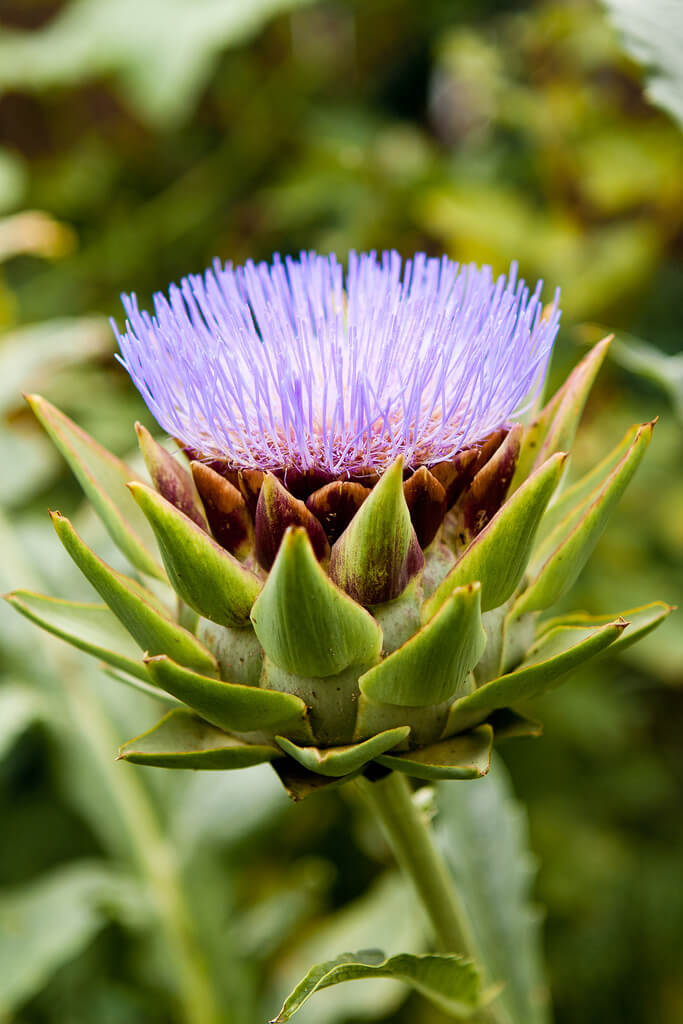
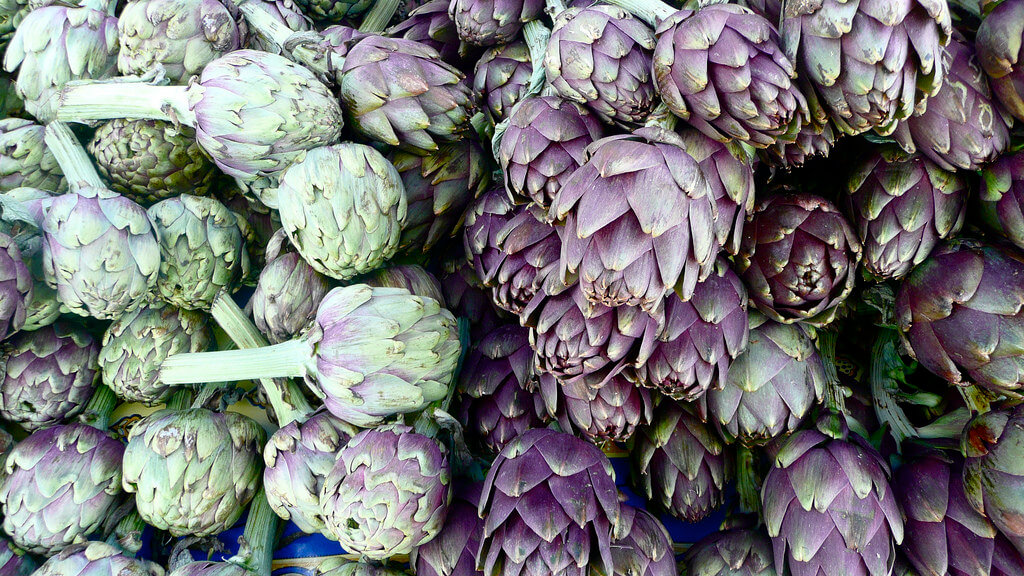



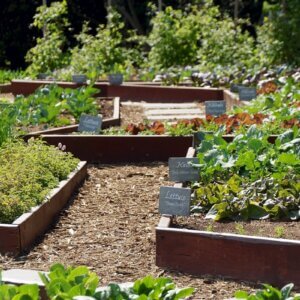


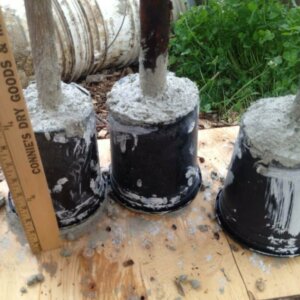
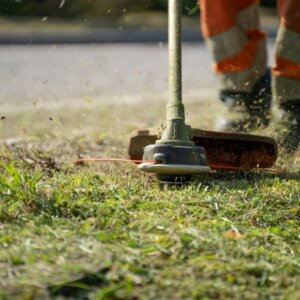





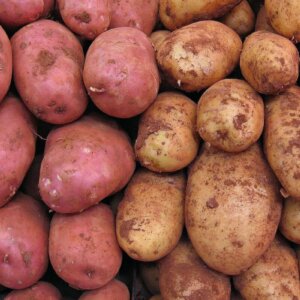

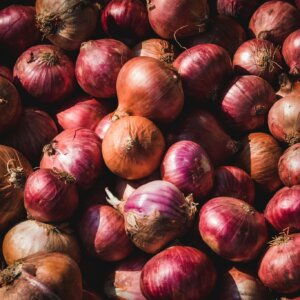

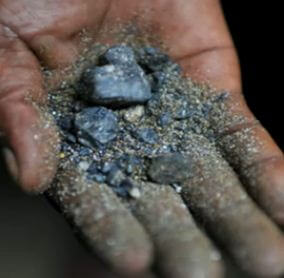
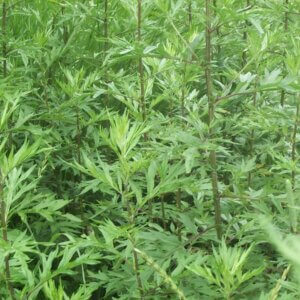
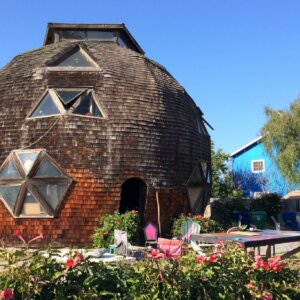


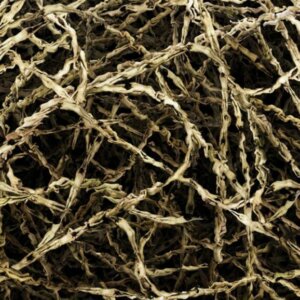


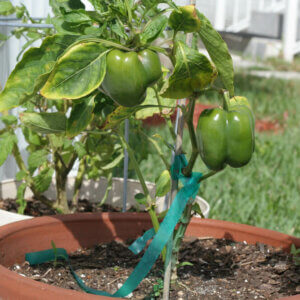
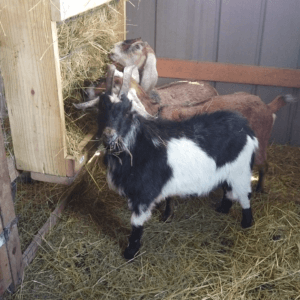
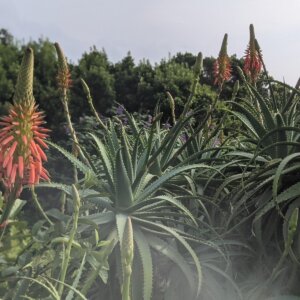

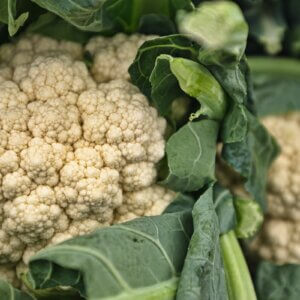


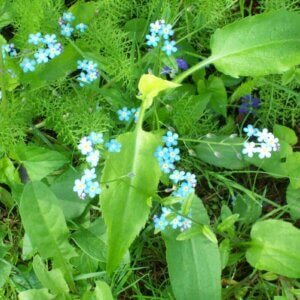





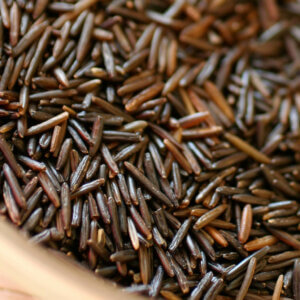
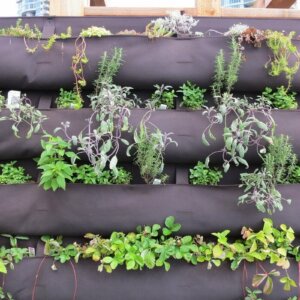

Leave a Reply